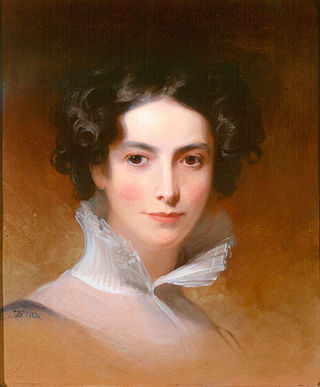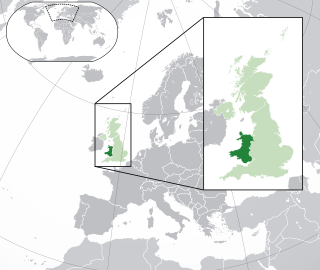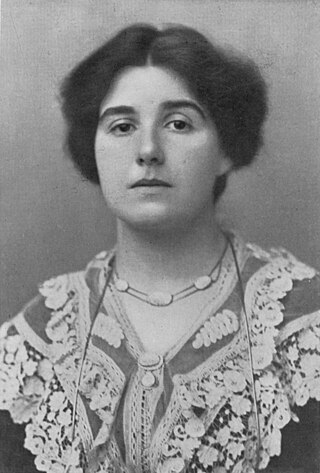Related Research Articles

The Jewish Theological Seminary (JTS) is a Conservative Jewish education organization in New York City, New York. It is one of the academic and spiritual centers of Conservative Judaism and a center for academic scholarship in Jewish studies. The Jewish Theological Seminary Library is one of the most significant collections of Judaica in the world.

Rebecca Gratz was a Jewish American educator and philanthropist in 19th-century America. She was a member of the Gratz family, who settled in the United States before the Revolutionary War.

Cyrus Adler was an American educator, Jewish religious leader and scholar.

Jacob Henry Schiff was a German Confederation-born American banker, businessman, and philanthropist. He helped finance the expansion of American railroads, and the Japanese military efforts against Tsarist Russia in the Russo-Japanese War.
Dinah Shtettin was an English Yiddish theater actress. She was the second wife of Jacob Adler, with whom she had a daughter, Celia Adler, in 1889.

Israel Academy of Sciences and Humanities, based in Jerusalem, was established in 1961 by the State of Israel to foster contact between Israeli scholars in the sciences and humanities and create a think tank for advising the government on research projects of national importance. Its members include many of Israel's most distinguished scholars.

Kaufmann Kohler was a German-born Jewish American biblical scholar and critic, theologian, Reform rabbi, and contributing editor to numerous articles of The Jewish Encyclopedia (1906).
The history of Jews in Ohio dates back to 1817, when Joseph Jonas, a pioneer, came from England and made his home in Cincinnati. He drew after him a number of English Jews, who held Orthodox-style divine service for the first time in Ohio in 1819, and, as the community grew, organized themselves in 1824 into the first Jewish congregation of the Ohio Valley, the B'ne Israel. This English immigration was followed in the next two decades by the coming of German immigrants who, in contrast, were mostly Reform Jews. A Bavarian, Simson Thorman, settled in 1837 in Cleveland, then a considerable town, which thus became the second place in the state where Jews settled. Thorman was soon followed by countrymen of his, who in 1839 organized themselves into a congregation called the Israelitish Society. The same decade saw an influx of German Jews into Cincinnati, and these in 1841 founded the Bene Yeshurun congregation. To these two communities the Jewish history of Ohio was confined for the first half of the 19th century. In 1850 Ohio had six congregations: four in Cincinnati and two in Cleveland.

Joseph Jacobs was a New South Welsh-born British-Jewish folklorist, translator, literary critic, social scientist, historian and writer of English literature who became a notable collector and publisher of English folklore.
Jacob of London was the first known Presbyter Judaeorum of the Jews of England; appointed to that position by King John in 1199, who also gave him a safe-conduct. He appears to have died in 1217, when Josce of London is mentioned as his successor. He is possibly identical with the rabbi Jacob of London who translated the whole Haggadah into the vernacular so that women and children could understand it.

The history of the Jews in Wales begins in the 13th century. However, after the English conquest of Wales (1287-1283), Edward I issued the 1290 Edict of Expulsion expelling the Jews from England. From then until the formal return of the Jews to England in 1655, there is only one mention of Jews on Welsh soil.
Samuel D. Gruber is an American art and architectural historian and historic preservationist. He has written extensively on the architecture of the synagogue and is an expert and activist in the documentation, protection and preservation of historic Jewish sites and monuments.
Jacob ben Judah Hazzan was a 13th-century Jewish legal codifier based in London, England. His grandfather was one Jacob he-Aruk. In 1287 Jacob wrote Etz Chaim a ritual code in two parts, containing 646 sections respectively, dealing with the whole sphere of Halakah, and following in large measure Maimonides in the Mishneh Torah, though Jacob utilized also the Halakot Gedolot, the Siddur of Amram Gaon, and the works of Moses of Coucy, Alfasi and the tosafists. He quotes, furthermore, Isaac ben Abraham, Moses of London and Berechiah de Nicole (Lincoln). Some verses by him are also extant.

Michael Adler DSO, SCF was an English Orthodox rabbi, an Anglo-Jewish historian and author who was the first Jewish military chaplain to the British Army to serve in time of war, serving with the British Expeditionary Force on the Western Front during the First World War from 1915 to 1918. He was responsible for the Magen David being carved on the headstones of Jewish soldiers who died in wartime instead of the traditional Cross.
Hagin fil Deulacres was a 13th-century rabbi who served as the last Presbyter Judaeorum of England prior to the Edict of Expulsion of 1290. A Jew from London, Hagin was appointed to the position on 15 May 1281, through the intercession of Queen Eleanor of Provence. His is not mentioned among the Jewish deportees, and is therefore presumed to have died before the Expulsion.

Pauline Ruth "Nina" Salaman (née Davis) was a British Jewish poet, translator, and social activist. Besides her original poetry, she is best known for her English translations of medieval Hebrew verse—especially of the poems of Judah Halevi—which she began publishing at the age of 16.
Nathan Löb David Zimmer was a Bavarian-born English businessman, scholar, and Kabbalist.

Kingston upon Hull, on England's East Coast was, by 1750, a major point of entry into Britain for traders and migrants, second only to London for links to the continent. Around then, a few Jews from German and Dutch cities lodged and settled in Hull. Selling jewelry and dealing goods in the thriving port and market town, they maintained contacts with Europe, London, and many other – particularly Northern – towns. The small community produced its own institutions and leaders, which were tested by anti-Jewish sentiment, and later by an influx of East-European refugees.
Moses J. Gries was an American rabbi who mostly ministered in Cleveland, Ohio.
Martin Abraham Meyer was an American rabbi.
References
- Jacobs, Joseph: "Jewish Historical Society of England" in Jewish Encyclopedia . Retrieved April 11, 2006.